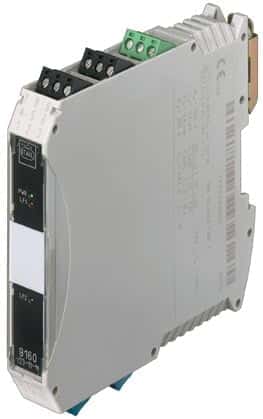 One of the most popular hazardous location protection methods for sensors is intrinsic safety. This method has been discussed in earlier posts, but essentially limits the amount of electricity flowing through an instrument, below the point of ignition from either spark or heat output.
One of the most popular hazardous location protection methods for sensors is intrinsic safety. This method has been discussed in earlier posts, but essentially limits the amount of electricity flowing through an instrument, below the point of ignition from either spark or heat output.
It is, however, not enough to have an intrinsically safe device. Why? Because electricity can be unpredictable. The power source must be controlled to avoid a power spike that can cause a disaster.
Intrinsically safe barriers and isolators control the power source, ensuring that the device can operate safely. While your device may be certified for hazardous locations, if the wiring is improper, your installation will not be compliant. Barriers and/or isolators are a key part of intrinsically safe wiring, and work together with your sensor to protect life and property.
Our intrinsically safe barrier/isolator partner is R. Stahl. They are hazardous location experts, and between the two of us, we can pretty much answer any question you may have.
Reach out to us if you have any questions, and we’ll make sure you have the right expert at your fingertips.